


Millionär 2011 Pigment print 30 x 40 inches / 80 x 100 centimeters Edition 3 of 5 INQUIRE
Go to link
Queen in Heaven 2014 Pigment print on baryt paper 30 x 60 inches / 80 x 160 centimeters INQUIRE
Go to link
The Flight into Egypt 2014 Pigment print on baryt paper 30 x 60 inches / 80 x 160 centimeters INQUIRE
Go to link
Mann mit Hut mit Zeitung 2011 Silver gelatin print 16.5 x 24.5 inches / 41.91 x 62.23 centimeters Edition of 5 INQUIRE
Go to link


Mr. DJ President Flesh 2010 Acrylic on canvas 35.43 x 35.43 inches / 90 x 90 centimeters INQUIRE
Go to link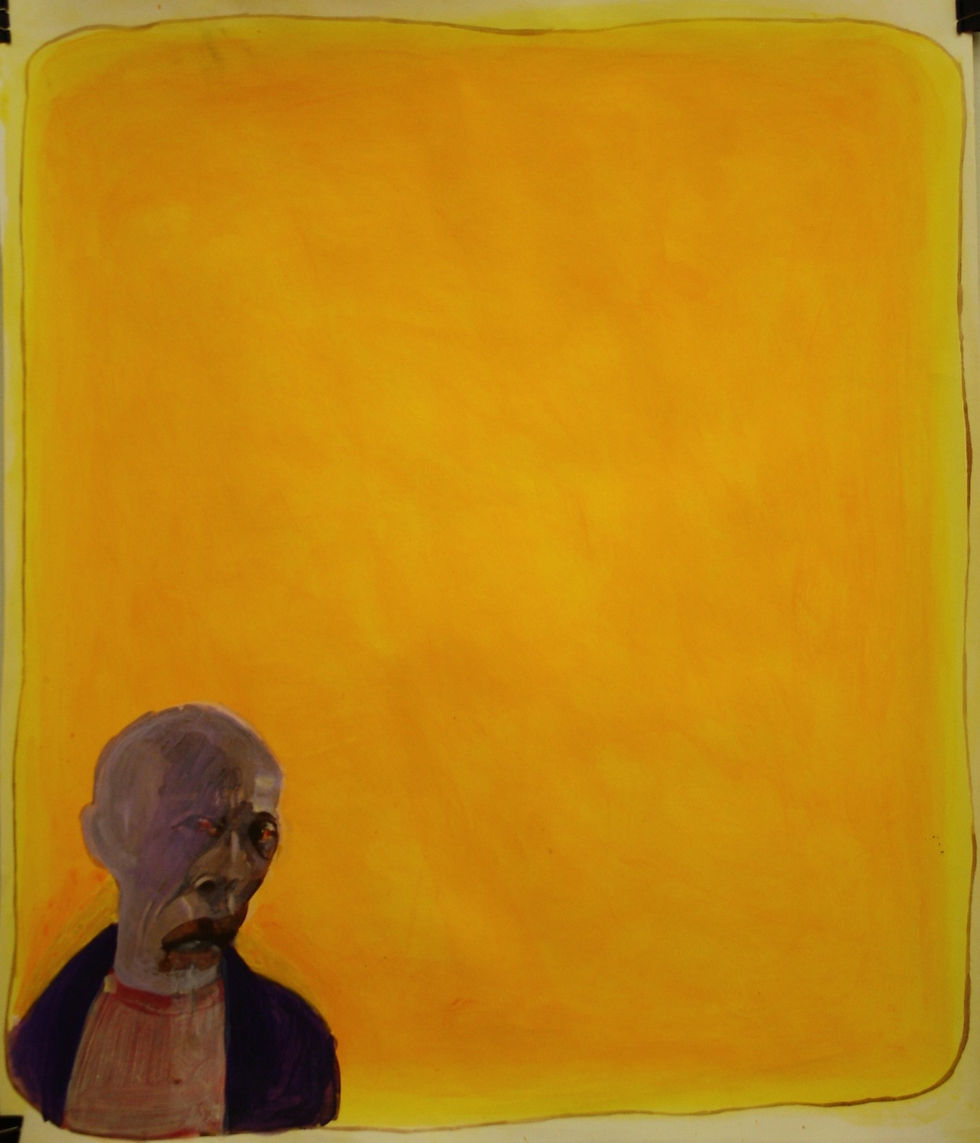
Sorcerer Series #2 2011 Acrylic on fabriono paper 24 x 32 inches / 60.96 x 81.28 centimeters INQUIRE
Go to link
We Are Made To Endure: A Portrait of the Donner Party 2009 Mixed media installation Dimensions variable INQUIRE
Go to link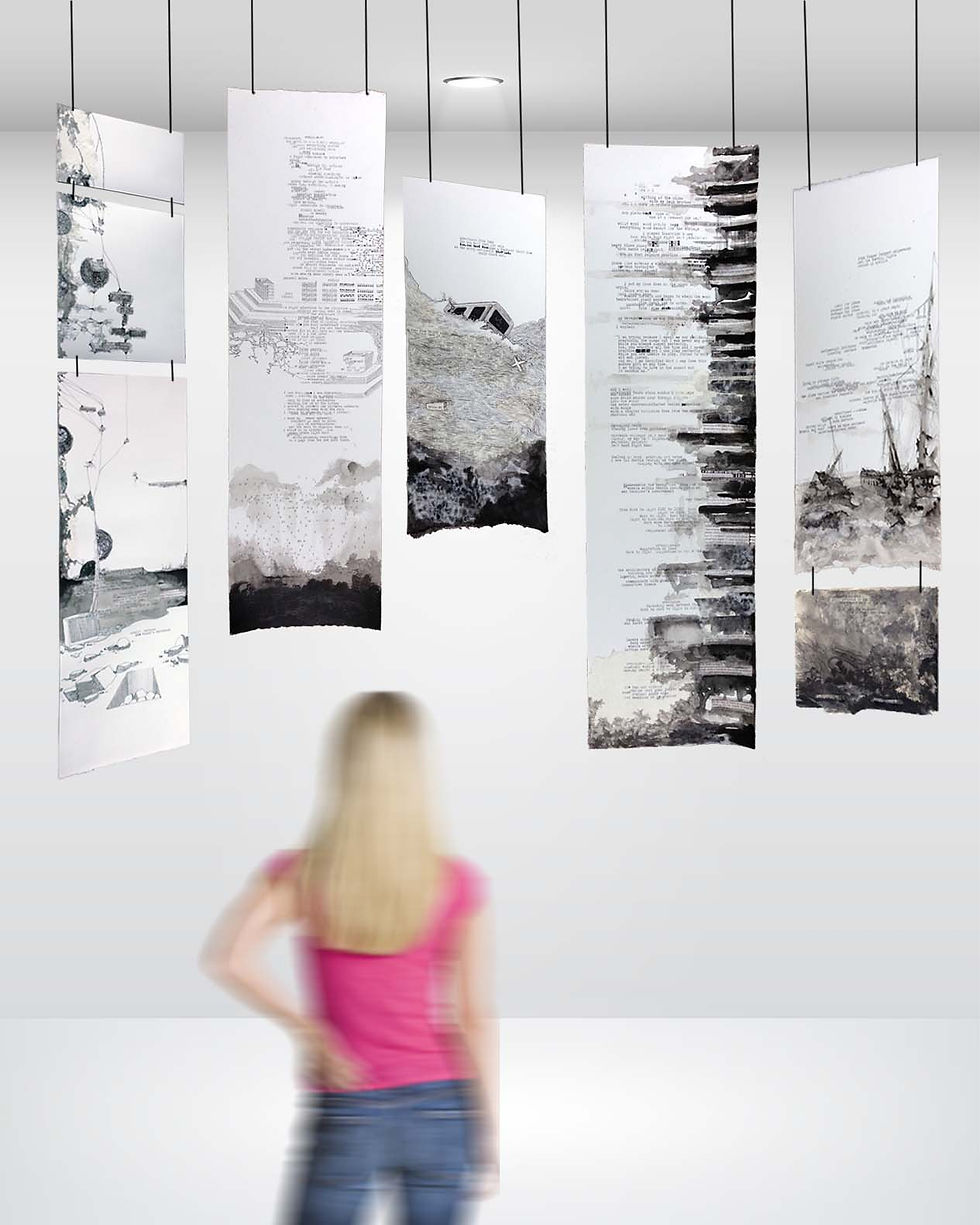
Suspended Beliefs (installation view) 2013 Ink, collage, and manual typewriter on paper Dimensions variable INQUIRE
Go to link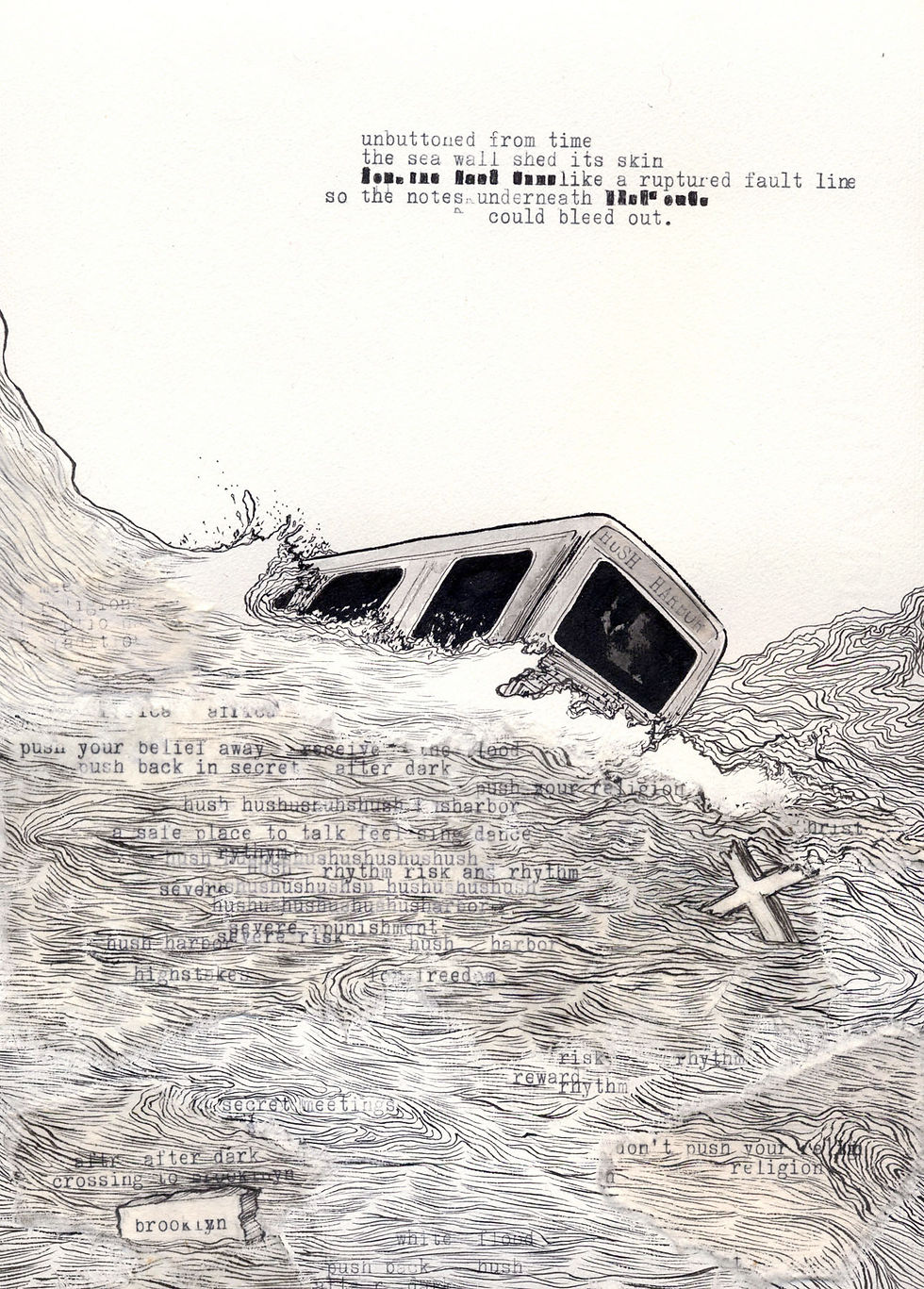
Hush Harbor 2013 Ink, collage and manual typewriter on paper 19.75 x 8.5 inches / 19.75 x 21.5 centimeters INQUIRE
Go to link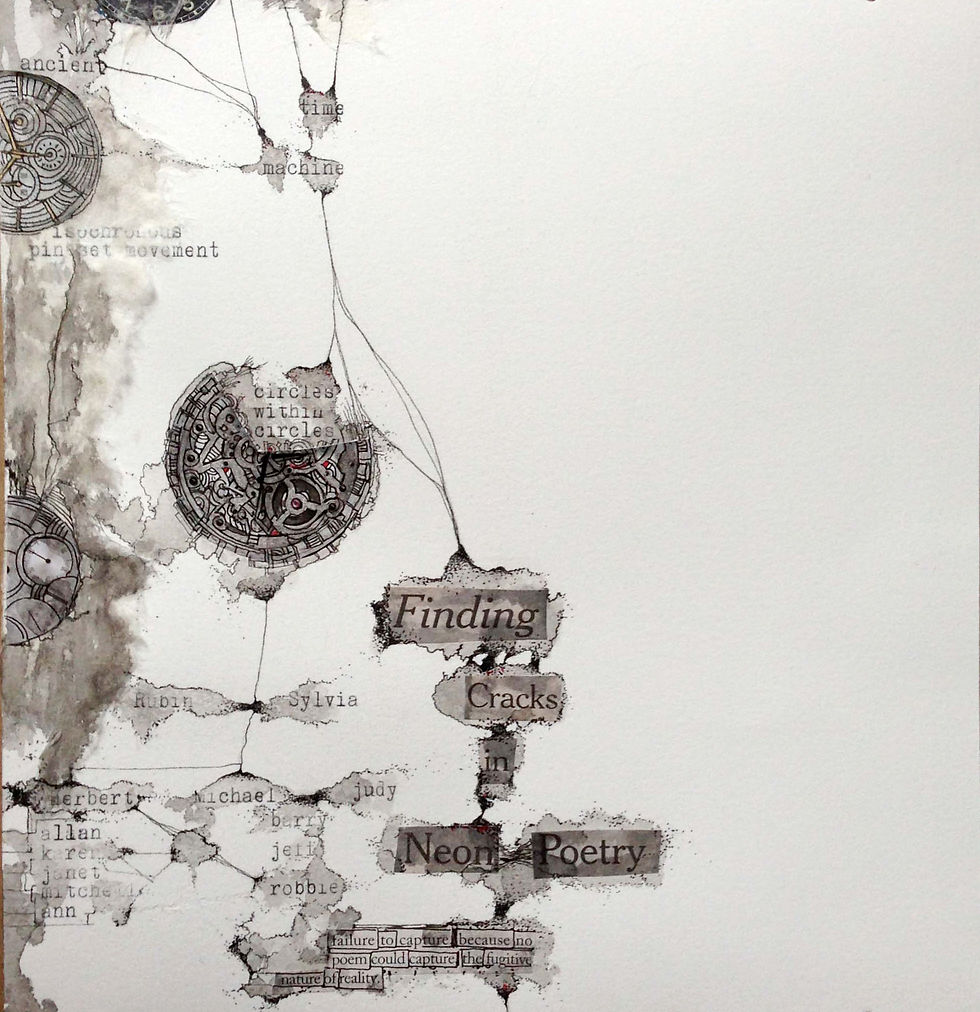
Circles within Circles (detail) 2013 Ink, collage and manual typewriter on paper [three panels connected vertically] 36 x 8.5 inches / 91 x 21.5 centimeters INQUIRE
Go to link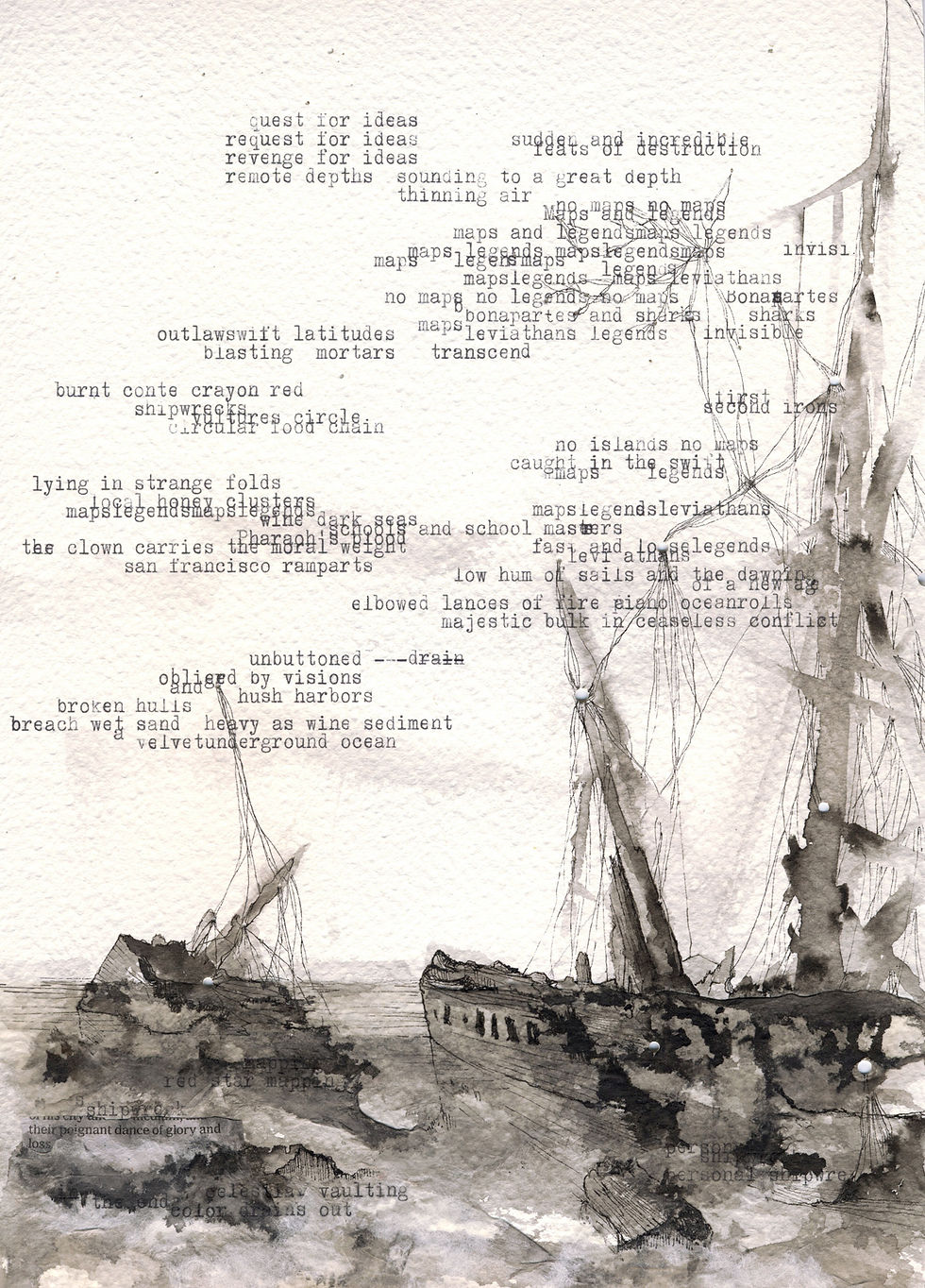
Shipwrecks (detail) 2013 Ink, collage and manual typewriter on paper [two panels connected vertically] 24.125 x 8.5 inches / 61.3 x 21.5 centimeters INQUIRE
Go to link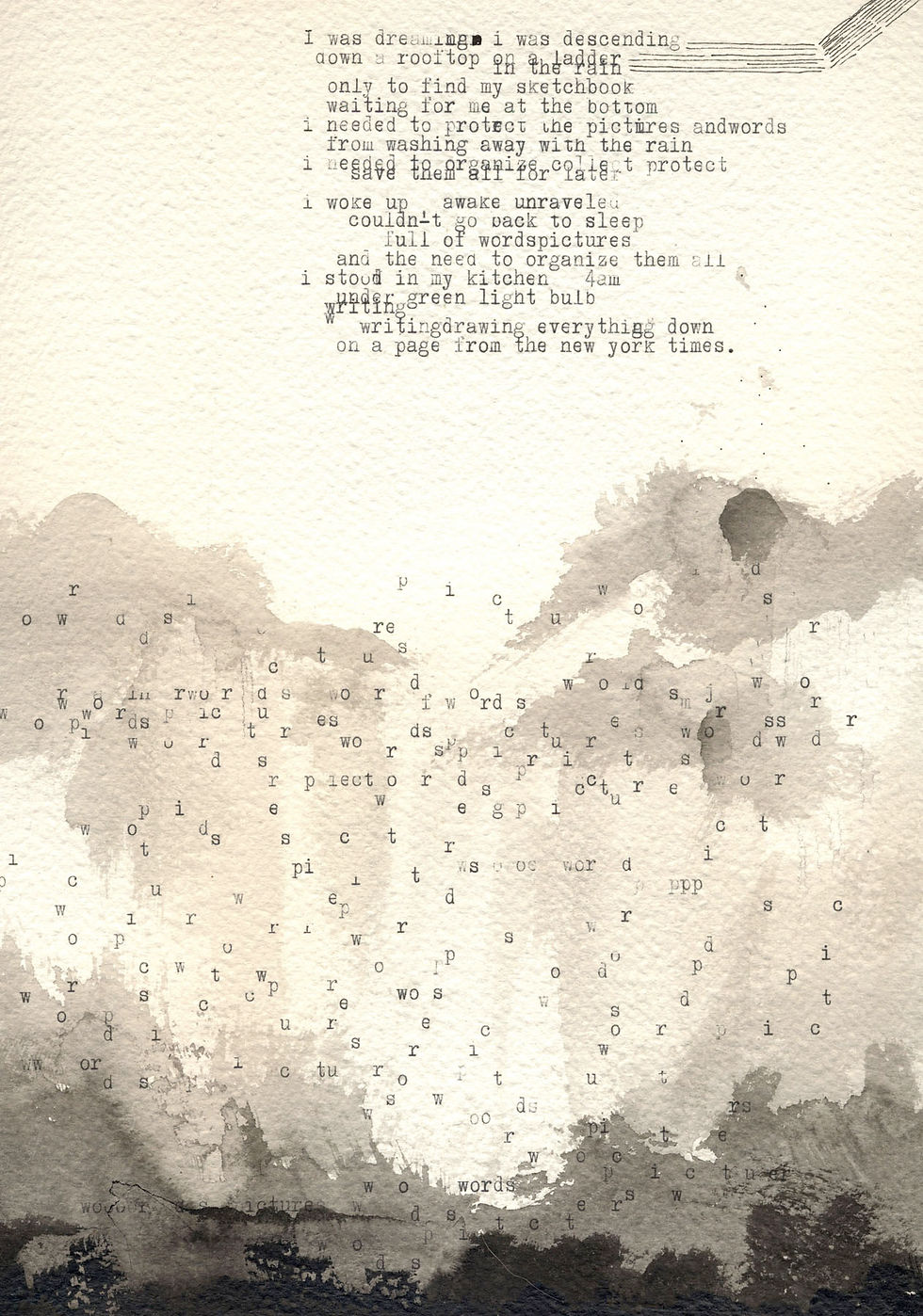
Compulsion (detail) 2013 Ink and manual typewriter on paper 29.5 x 8.5 inches / 75 x 21.5 centimeters INQUIRE
Go to link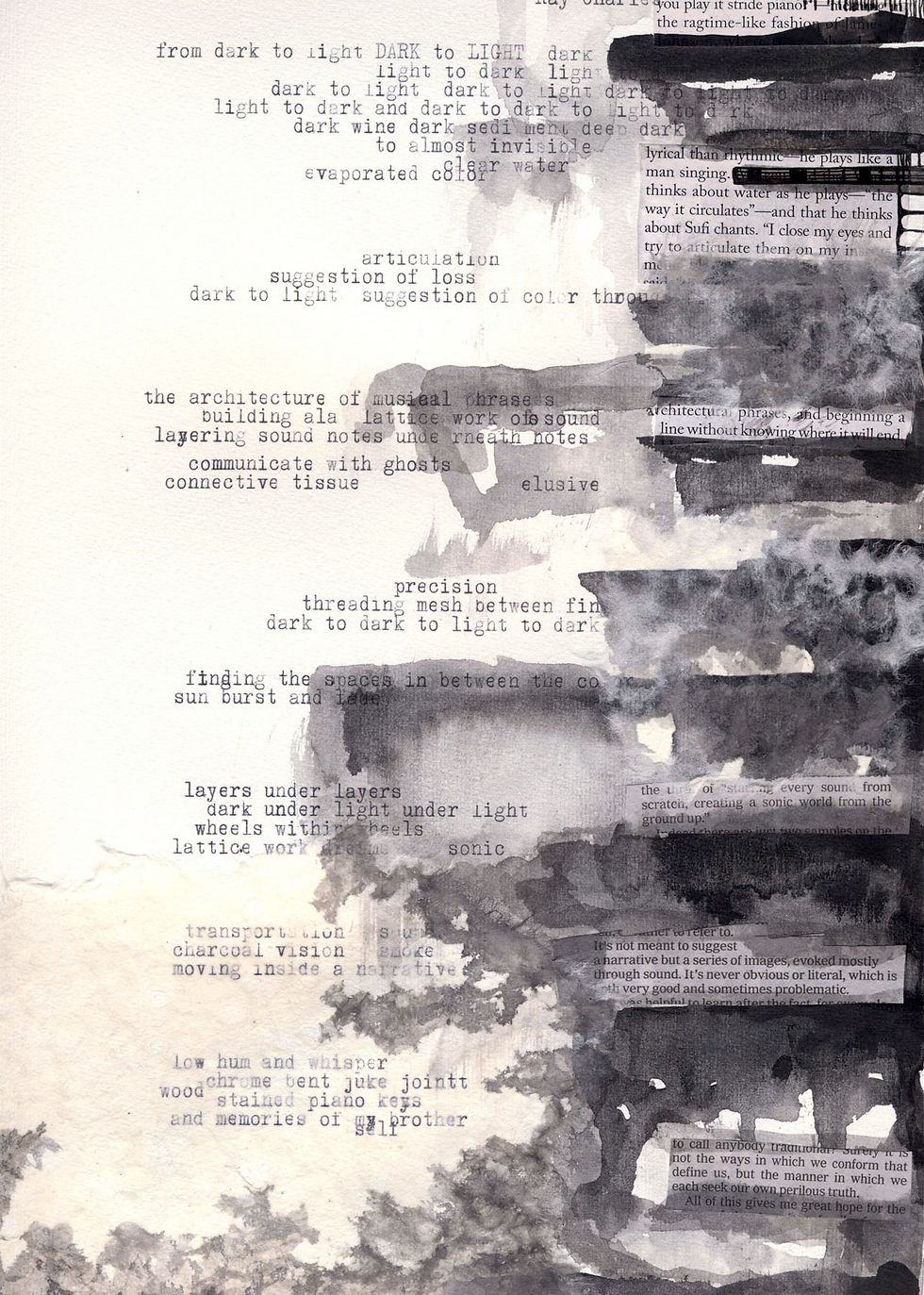
Piano Roll (detail) 2013 Ink, collage and manual typewriter on paper 30 x 8.5 inches / 76 x 21.5 centimeters INQUIRE
Go to link


Possum House Bed 2013 Hand colored silver gelatin print 11 x 14 inches / 28 x 35 centimeters framed: 16 x 20 inches / 40 x 51 centimeters INQUIRE
Go to link
Pillow Talk 2012 Grosgrain ribbon, glue 26 x 24 x 3 inches / 66 x 60 x 7.6 centimeters INQUIRE
Go to link
The roses were fake, but grew even though 2013 Mixed media on paper 40 x 40 inches / 101.6 x 101.6 centimeters INQUIRE
Go to link
They are yours, they are lost 2012 Mixed media on paper 30 x 40 inches / 76.2 x 101.6 centimeters INQUIRE
Go to link
A depth equal to height 2013 Mixed media on paper 40 x 60 inches / 101.6 x 152.4 centimeters INQUIRE
Go to link
Colors of Our Lives 2010 Paint can lids 5 x 3 feet / 152.4 x 91.44 centimeters INQUIRE
Go to link
Reclamation Tapestry 2010 Paint can lids 9 x 7 feet / 274.32 x 213.36 centimeters INQUIRE
Go to linkLIMINAL RECLAMATIONS
GROUP EXHIBITION at SPRING/BREAK Art Show
New York, NY
March 4 – 9, 2014
Curated for the 3rd annual curator-driven art fair SPRING/BREAK Art Show in the schoolhouse known as Old School on Mott Street in SoHo, Tracy Causey-Jeffery of Causey Contemporary and Amy Kisch of AKArt Advisory present Liminal Reclamations—focusing on the 21st-century dilemma of the fabrication of human/nature. This year the fair's PublicPrivate theme will explore the “high visibility of the self in the 21st Century every-day” and the balance between privacy and the “digital strip-tease” that average people are compelled to engage in. Some of the artistic practices to be explored include self-portraiture, the evolution of the "photo bomb," "jealous landscape photography," and digital spectatorship.
Liminal Reclamations features works by Michel Demanche,
Kevin Bourgeois, Marielis Seyler, Melissa Murray, Jamie Knowles, Steven Dobbin, Jordan Eagles, Mxolisi Dolla Sapeta, Paolo Buggiani, Robert Saywitz, Charles Heppner, Michael Tharp, and Zane York, which navigate the internal and external realms of culture and the spectrum of opportunities presented to us to perform—or be prescribed—who we are. The artists delve into acts of voyeurism, constructions of memory and sensation, domestication, mass media consumption and destruction, self-reflection, reclamation, and suffocation.
+ MORE ABOUT LIMINAL RECLAMATIONS
Preview: March 4, 2014
Press Preview 2-4pm [Press RSVP HERE]
Collector's Preview 4-6pm [RSVP HERE]
Vernissage 6-9pm [VIP RSVP HERE]
Exhibition: March 6 - 9
12-8pm
Location
SPRING/BREAK Art Show
Old School
233 Mott Street, NYC
+ ANIMAL: SPRING/BREAK ART SHOW: CREEPY WOODY ALLEN ROOM, BLOOD AND THE LIFE IS GREAT GAMESHOW
+ ART F CITY: SPRING/BREAK Art Show Brings a Focus on
the Personal
+ ART NERD NEW YORK: SPRING/BREAK ART SHOW
+ ARTIHOLICS: SPRING/BREAK Art Show Is Your Elementary School
On Psilocybin
+ ARTINFO: Armory Arts Week in Pictures: Photos From the
New York Fairs
+ ARTINFO: Slideshow: Inside the 2014 SPRING/BREAK Art Show
+ ARTINFO: SPRING/BREAK Holds Its Own With Armory Week Giants
+ ARTINFO: WEEK IN REVIEW: From Armory to the Whitney,
Our Top Visual Art Stories
+ ARTNET: SPRING/BREAK Probes Deep Into Our
Techno-Creepy Culture
+ ARTSLANT: What Makes the SPRING/BREAK Art Show So Different,
So Appealing?
+ ARTSPACE: Art Show Anxiety: An Artist's-Eye View From Inside
the Whitney Biennial and Armory Week
+ COMPLEX ART+DESIGN: 10 Curated Rooms You Can't Miss
+ COMPLEX ART+DESIGN: Jordan Eagles' Blood Illuminations
+ GAWKER: NYC Art Show Shows Its Privates at Former Convent
+ GOTHAMIST: Photos: Spring/Break Goes Wild With Maggot- Eaten Texter, VW Bug And Other Art
+ HAMPTONS ART HUB: CRITIC’S VIEW: Revelations and Secrets
Inhabit Spring Break Art Fair
+ HYPERALLERGIC: Are We Having Fun Yet? Spring/Break 2014
+ NYARTS: Get Loose With Us at the Spring/Break Art Show
+ PAPERMAG: THE ARMORY SHOW'S GRITTY DOWNTOWN
ALTER EGO
+ THE VILLAGE VOICE: Spring/Break Art Show at Old School
+ THE WALL STREET JOURNAL: From Volkswagens to Fair Value
at Art Parties
